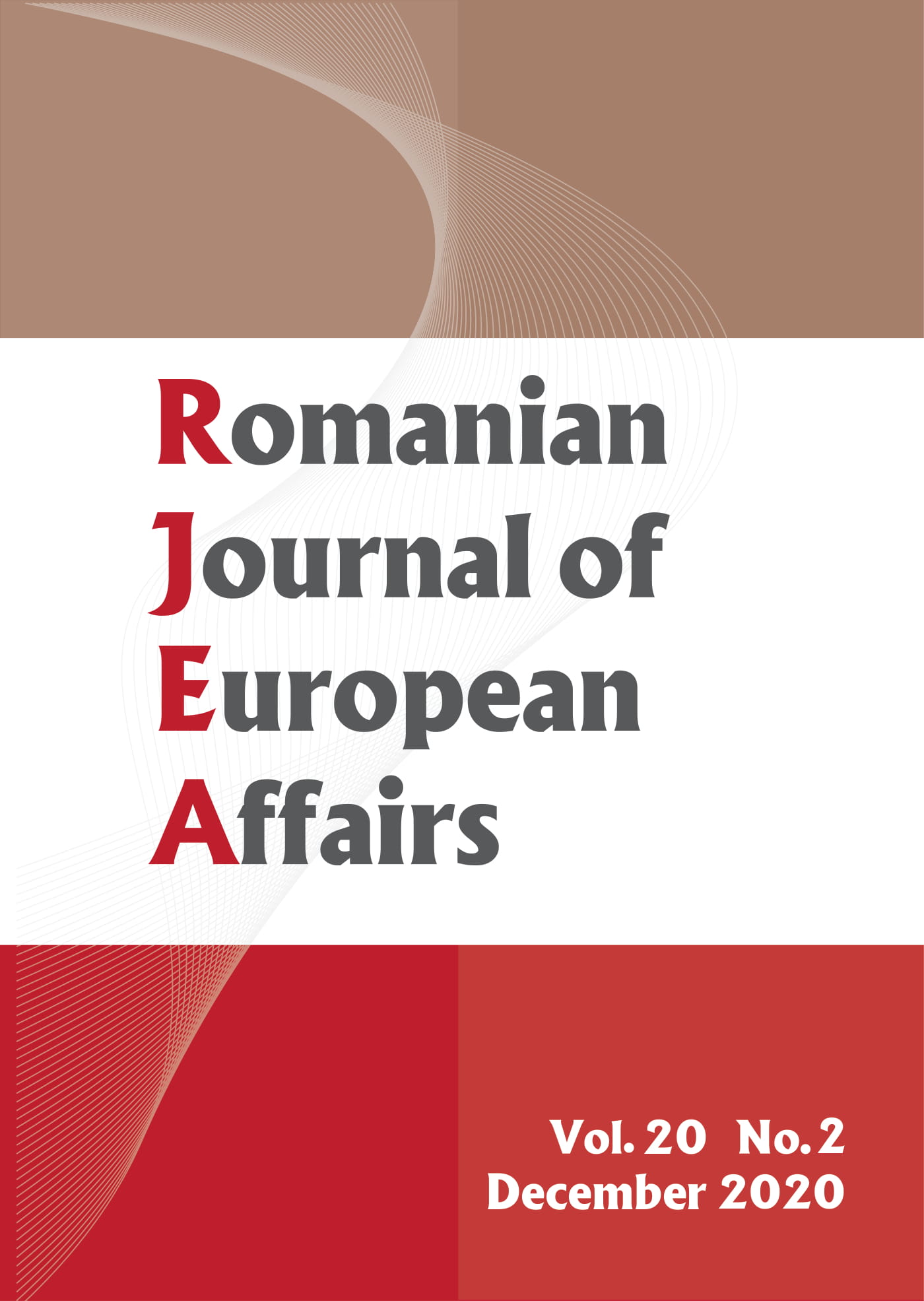Achieving the objectives of EU Cohesion Policy –
the case of intra-regional disparities in Bulgaria
Achieving the objectives of EU Cohesion Policy –
the case of intra-regional disparities in Bulgaria
Author(s): Dimitar HadjinikolovSubject(s): Politics / Political Sciences, Social Sciences, Political Theory, Political Sciences, Governance, Geopolitics
Published by: Institutul European din România
Keywords: Bulgaria; European Union; Cohesion policy; Regional policy; Intraregional disparities;
Summary/Abstract: This paper provides an analysis of intra-regional disparities in Bulgaria for the EU post-accession period. Bulgaria joined the EU together with Romania on 1 January 2007. In accordance with the EU legislation, six NACE 2 planning regions have been established – three in the southern part and three in the northern part of the country. All of them meet the requirements for receiving EU funding under the Cohesion Policy rules. The expectation was that EU founds would create a more favourable environment for pursuing an active and efficient Regional policy in Bulgaria. One of the goals of such a Regional policy should be the reduction of intra-regional disparities, particularly between the regions in the northern and in the southern part of the country. In order to determine whether this objective of the Regional policy has been achieved, changes in Mean Absolute Deviation (MAD) and in the Coefficient of Variation (CV) have been estimated. According to the findings in the paper, intra-regional differences in Bulgaria did not decline in the post-accession period, on the contrary they have in general increased. This is partly due to the concentration of EU funds in the more developed southern part of the country, especially in the capital Sofia. The concentration of funds can be illustrated by the development of the highway network in the southern part of Bulgaria. Intra-regional disparities have resulted in depopulation of the lagging regions.
Journal: Romanian Journal of European Affairs
- Issue Year: 20/2020
- Issue No: 2
- Page Range: 86-99
- Page Count: 14
- Language: English

